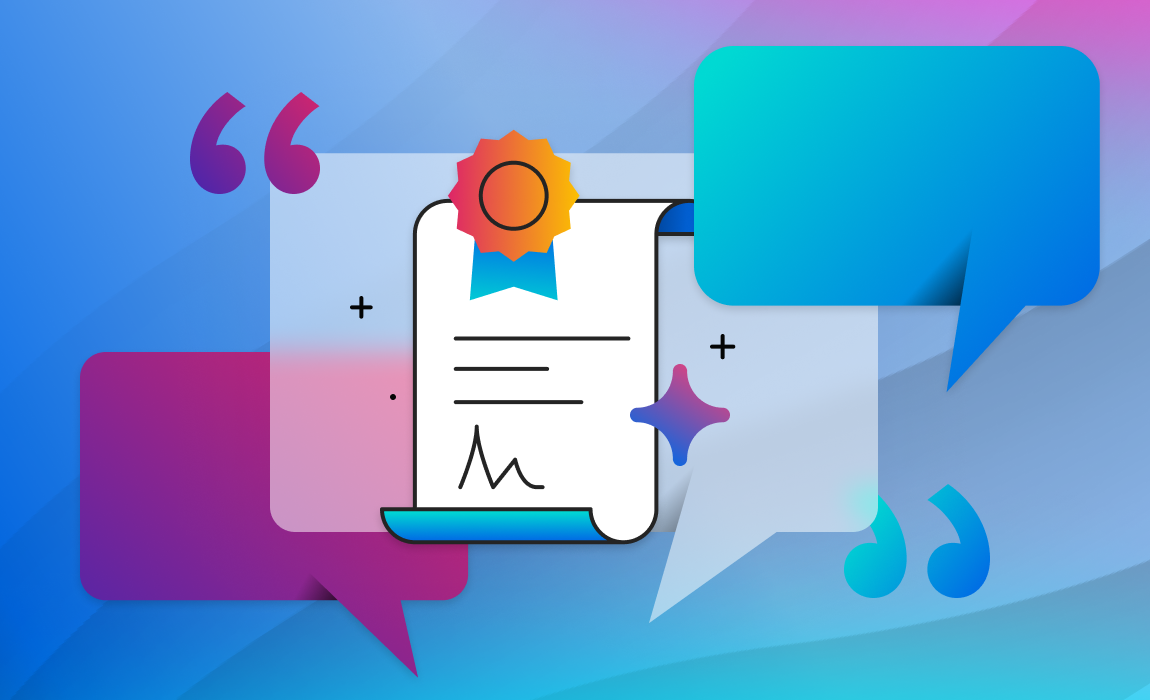
Leverage data in your deal reviews

Leverage data in your deal reviews

Less time updating systems. More time closing business. Our AI learns from your sales activity and automates the processes that take you away from customers.
Capture and unify all of your GTM data from seller activities and sales tools. Easily surface and share insights across your entire organization. Make better decisions that drive real results.
Align your account teams with automated, data-driven account strategies. Ensure repeatable success at scale, while better serving customers from pre-sale to post-sale, and through renewal.










“With People.ai data, we're able to leverage the data and insights for better planning and execution. Now that we see what's going on in the field, we know what we need to do to win."
Eric Chapman
VP Sales Operations and Enablement, Hexagon

We build real AI that gathers your sales team’s activity and uses it to do the grunt work in your internal sales processes. So your people can get back to selling.
Get a demo%20Graphic.svg)
